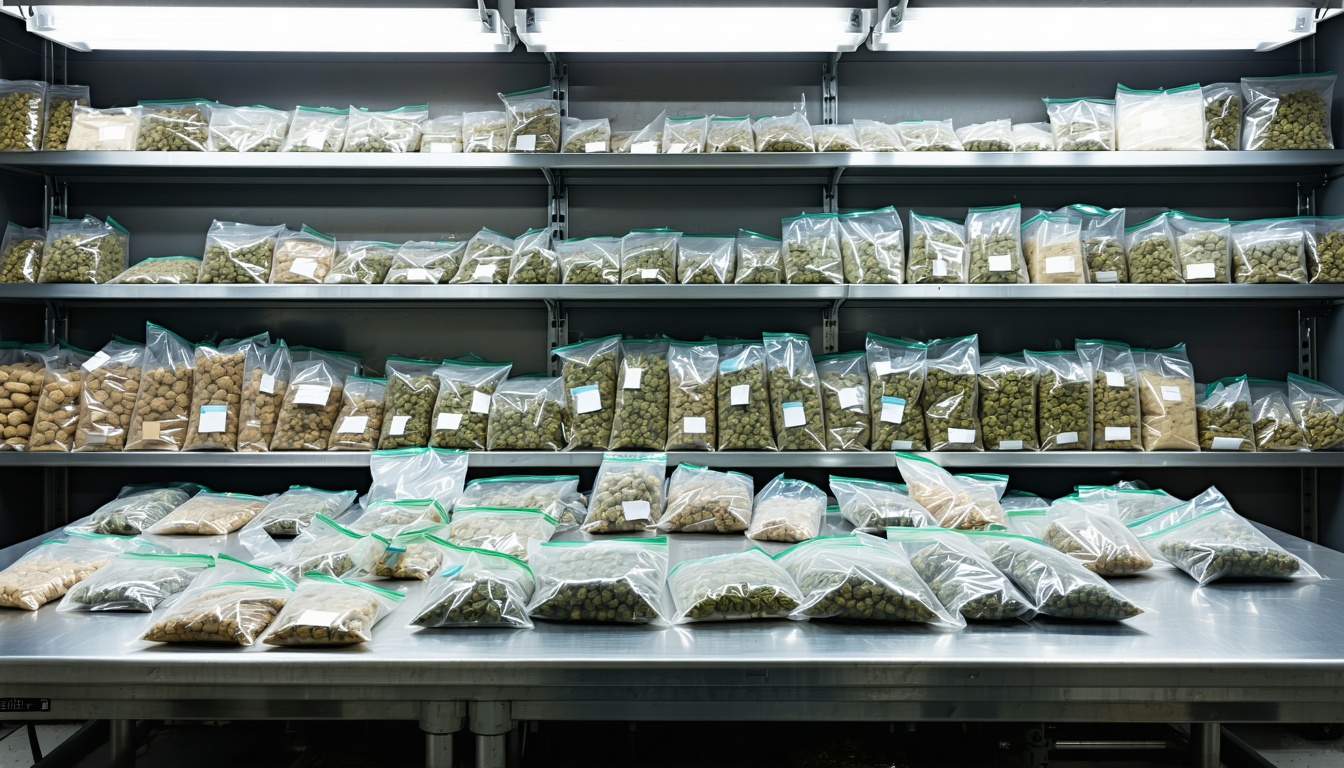Researchers Have Published Over 35,000 Studies on Marijuana in the Past Decade, NORML Analysis Reveals
A recent analysis by the National Organization for the Reform of Marijuana Laws (NORML) has found that over 4,000 scientific papers related to marijuana were published in 2024, marking the fourth consecutive year of such a high output. Since 2014, a total of over 35,000 papers have been published on the topic, reflecting a significant increase in research into the therapeutic properties and effects of marijuana.
NORML’s Deputy Director, Paul Armentano, noted that despite the common perception that marijuana has not been subject to adequate scientific scrutiny, researchers’ interest in studying cannabis has increased exponentially in the past decade. This increased research has led to a greater understanding of the plant, its active constituents, and their effects on both the user and society.
A recent scientific review highlighted the potential therapeutic benefits of cannabidiol (CBD), including its ability to treat conditions such as epilepsy, pain, cancer, schizophrenia, and COVID-19. The review also discussed the potential medical applications of CBD, including its role in treating epilepsy, pain relief, and managing schizophrenia symptoms.
The review also touched on the industrial applications of CBD and hemp, including their use in pharmaceuticals, skincare, fuel, paper, clothing, rope, and massage oil production.
NORML’s analysis was conducted by conducting a keyword search of the National Library of Medicine’s PubMed database. The search found that over 49,500 scientific papers on marijuana have been published since 1840, with over 70% of those papers being published in the past decade.
The analysis also found that the number of published papers on cannabis has increased compared to the previous decade, with over 4,300 papers published in 2022, the highest number of publications in a single year.
Recent studies have found that marijuana legalization has been associated with a decrease in opioid overdose rates, as well as improved pain management and quality of life for patients with certain conditions. Other research has investigated the chemical components of cannabis, including the potential therapeutic benefits of lesser-known compounds such as minor cannabinoids and terpenes.
Overall, the increased research into marijuana has led to a greater understanding of the plant’s therapeutic properties and potential medical applications, and has sparked a renewed call for evidence-based discussions about marijuana and marijuana reform policies.












